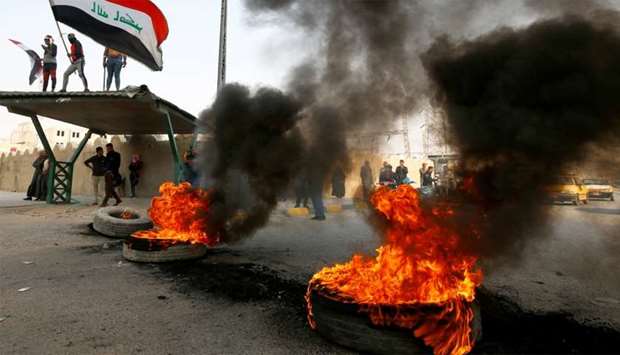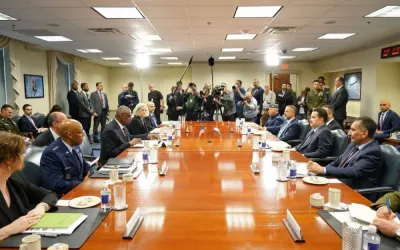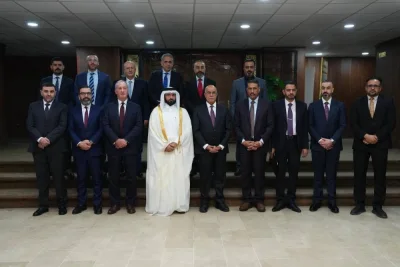An Iraqi protester was killed on Tuesday in the capital Baghdad and dozens more wounded across the country's restive south as sit-ins turned violent, medics told AFP.
The demonstrator died after being shot by a rubber bullet near Al-Ahrar bridge, which has been sealed off by security forces as it leads to a cluster of government buildings on the west bank of the river Tigris.
The area, north of the main protest camp of Tahrir Square, has become a flashpoint, with security forces using volleys of tear gas, rubber bullets and live fire to keep crowds from crossing the bridge.
A further 18 demonstrators were wounded near Al-Ahrar on Tuesday.
At least 350 people have died and around 15,000 have been wounded since anti-government protests erupted in Baghdad and the south nearly two months ago.
In Hillah, south of Baghdad, security forces fired tear gas grenades at protesters overnight, wounding around 60 people, medics there said.
It marked the first violent turn for Hillah, where largely peaceful sit-ins have kept government offices and some schools closed.
In Diwaniyah, further south, schools and public buildings have also been shut for the last month amid strikes and road closures, but skirmishes with riot police have been rare.
Overnight, demonstrators tried to blockade main bridges and one of the province's three power stations, burning tyres along highways leading to the Shia holy city of Najaf to the west and Samawa further south.
In Karbala, Iraq's second Shia holy city, demonstrators and security forces lobbed Molotov cocktails at one another.
Nighttime skirmishes have become routine in the city, but on Tuesday they carried on into midday.
In Dhi Qar, arteries linking key cities and the three oil fields of Garraf, Nasiriyah and Subba were shut.
Clashes with police guarding the fields left 13 officers wounded.
The three oil fields together produce around 200,000 of Iraq's roughly 3.6 million barrels a day.
The turmoil over the last two months has not significantly impacted oil production or exports in OPEC's second-largest crude producer.



